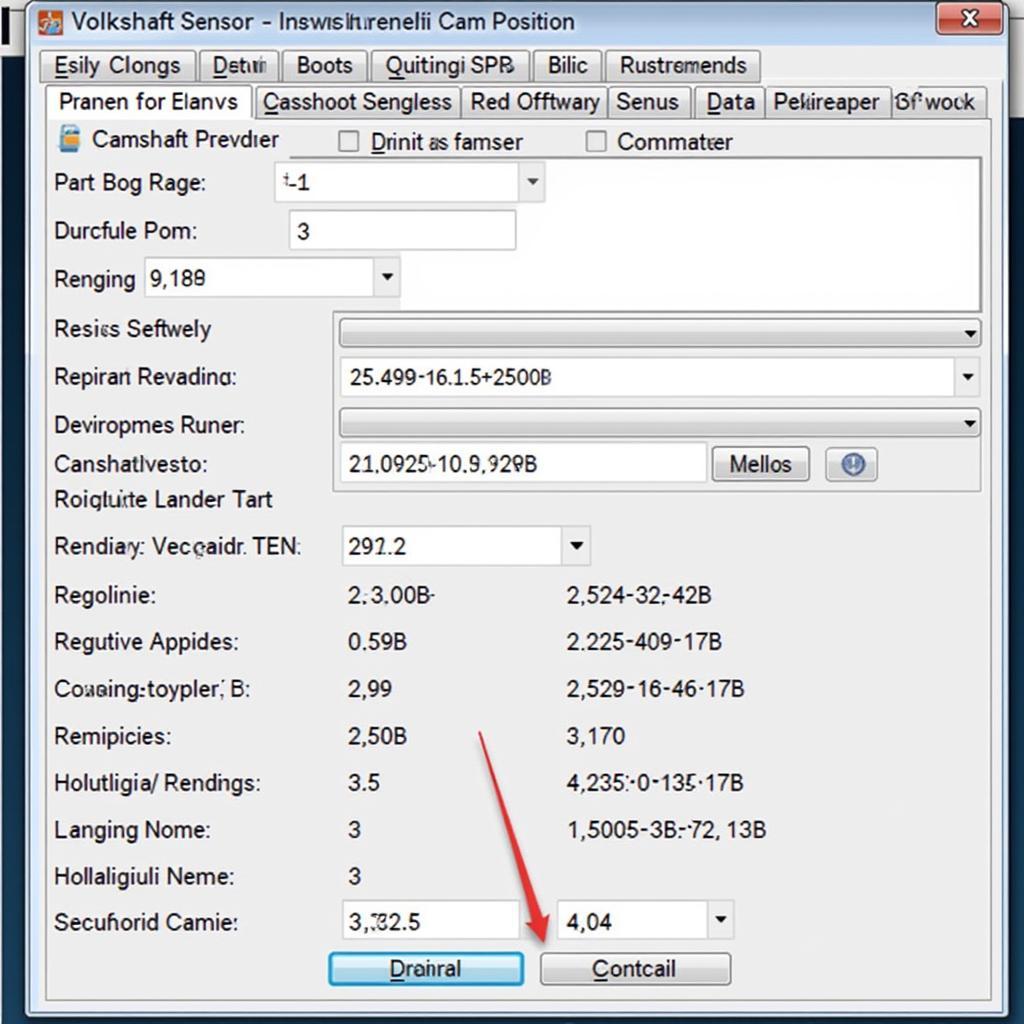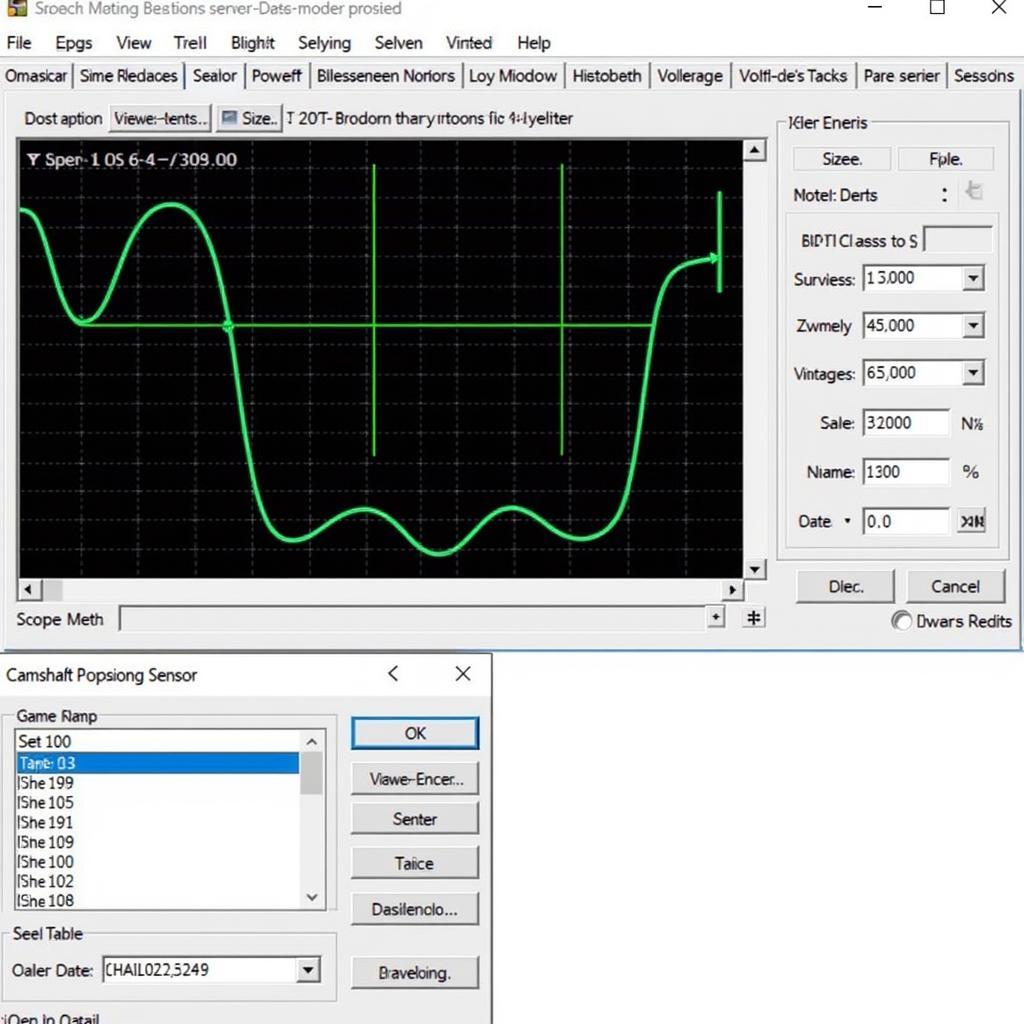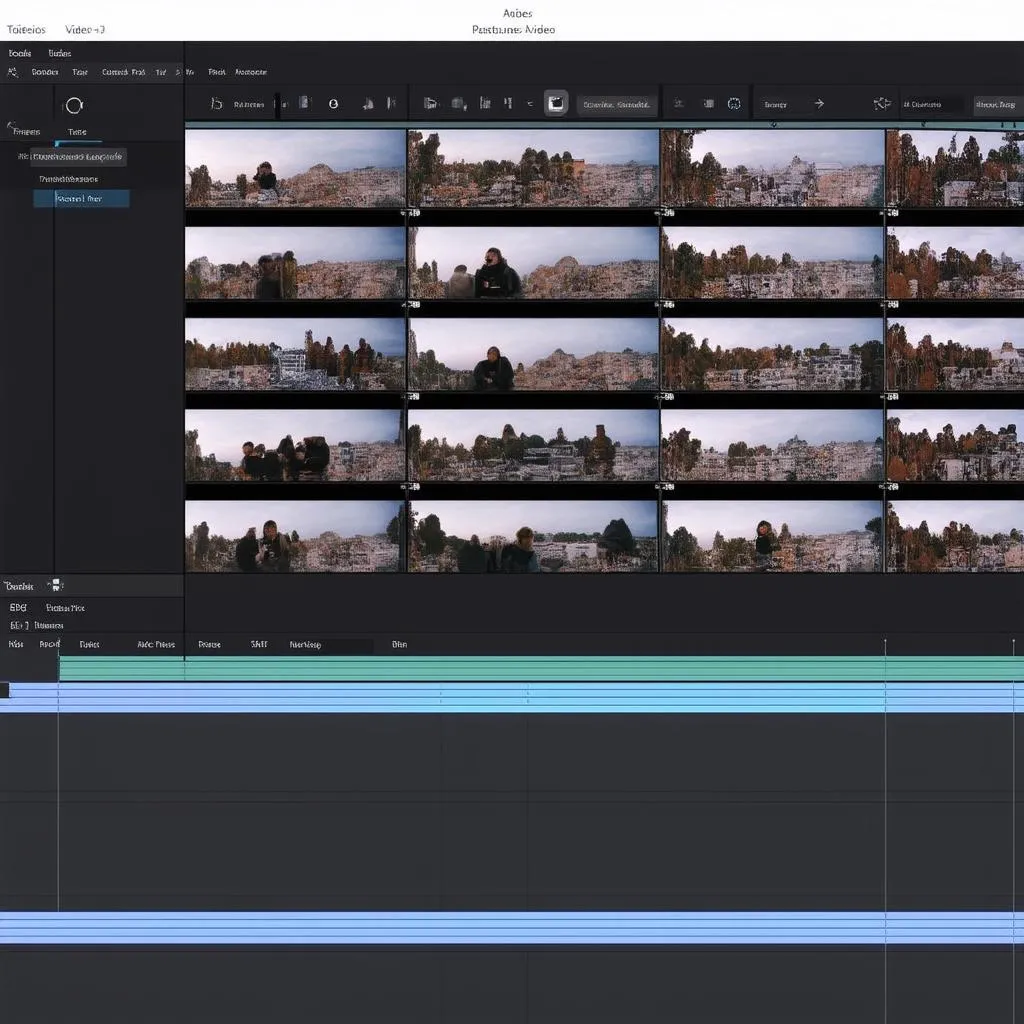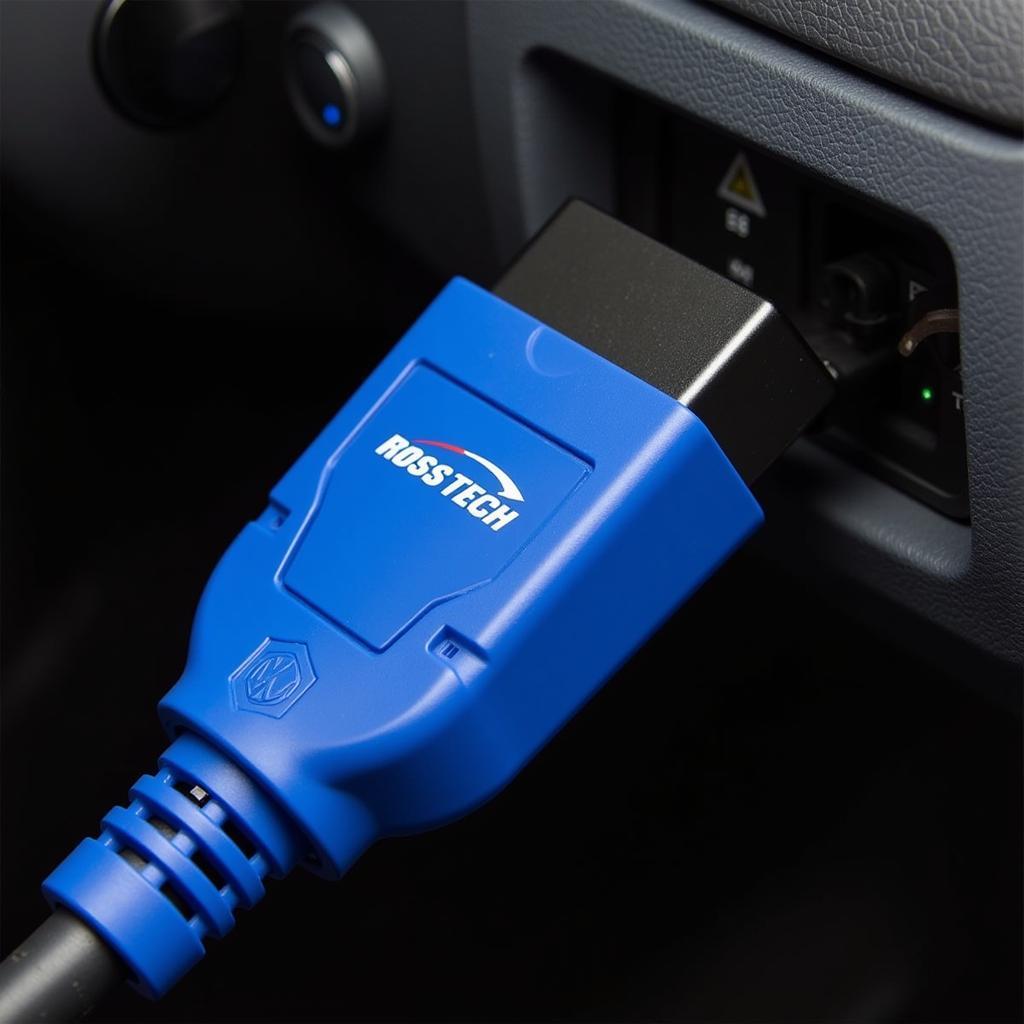A malfunctioning camshaft position sensor can cause a range of issues, from poor fuel economy to complete engine failure. Using VCDS (Vag-Com Diagnostic System) can help pinpoint the problem and get your car back on the road. This guide provides a deep dive into using VCDS for camshaft position sensor testing, covering everything from basic checks to advanced diagnostics.
Understanding the Camshaft Position Sensor and its Importance
The camshaft position sensor is a vital component of your car’s engine management system. It tells the Engine Control Unit (ECU) the position of the camshaft, allowing the ECU to control fuel injection and ignition timing precisely. A faulty sensor can disrupt this delicate balance, leading to performance issues and potential damage. Accurately testing this sensor is crucial for efficient engine operation.
Performing a VCDS Camshaft Position Sensor Test
Before starting, ensure you have a genuine Ross-Tech VCDS cable and the latest software version. Connect the cable to your car’s OBD-II port and launch the VCDS software on your computer.
- Select the “Select Control Module” option.
- Choose “Engine” from the list of available modules.
- Go to “Measuring Blocks – 08”.
- Select the appropriate measuring block group for camshaft position sensor data. This will vary depending on your specific car model, so refer to your vehicle’s repair manual or online resources.
- Observe the displayed values. The values should change smoothly as the engine speed increases. Erratic readings or values that remain static indicate a potential problem with the sensor.
 VCDS Camshaft Position Sensor Reading on a Volkswagen Golf
VCDS Camshaft Position Sensor Reading on a Volkswagen Golf
Interpreting the Results of your VCDS Scan
Interpreting the data requires a basic understanding of what the values represent. While specific values will vary based on the car model and engine, certain patterns suggest specific issues. For instance, a consistently low reading might indicate a wiring problem, while fluctuating readings could point to a failing sensor. If you’re unsure about interpreting the results, p0016 vcds can help provide more insight into specific fault codes.
Advanced VCDS Camshaft Position Sensor Diagnostics
Beyond basic readings, VCDS offers advanced diagnostic capabilities. You can access live data streams, log data over time, and perform output tests to pinpoint the root cause of the problem. These advanced features are especially useful for intermittent issues that are difficult to replicate. For example, you can use the scope function in VCDS to analyze the sensor’s signal waveform. This can reveal subtle issues that might be missed with standard readings. For more information on using this feature, see our guide on how to use vcds scope.
 Advanced Camshaft Diagnostics using VCDS Scope Function
Advanced Camshaft Diagnostics using VCDS Scope Function
Common Problems Related to Camshaft Position Sensors
Several issues can arise with camshaft position sensors:
- Wiring problems: Damaged or corroded wiring can disrupt the signal between the sensor and the ECU.
- Sensor failure: Over time, the sensor itself can fail due to wear and tear or exposure to extreme temperatures.
- Timing belt/chain issues: A stretched or slipped timing belt/chain can affect the camshaft’s position and consequently the sensor readings.
- ECU problems: In rare cases, the ECU itself can malfunction and misinterpret the sensor data. You might want to explore vcds camshaft adjustment if you suspect a timing issue.
Understanding these common problems can help you narrow down the potential causes and focus your diagnostic efforts. For a more specific test regarding camshaft adjustment using VCDS, check out vcds camshaft adjustment test.
What if my VCDS scan doesn’t reveal any issues?
If your VCDS scan doesn’t show any obvious problems, but you still suspect a camshaft position sensor issue, there are a few additional steps you can take. Consider checking for mechanical issues, like a loose timing belt or chain. Also, examine the wiring harness for any damage or corrosion. If you’re still unsure, consult a qualified automotive technician for further diagnosis. If you’re curious about VCDS’s capabilities, you might wonder, does vcds have an ocillioscope?
Conclusion
Performing a VCDS camshaft position sensor test is a crucial step in diagnosing engine performance issues. With the right knowledge and tools, you can identify and resolve problems quickly and effectively, saving time and money. Remember to always consult your vehicle’s specific repair manual and exercise caution when working on your car.
FAQ
- What is a camshaft position sensor? It tells the ECU the camshaft’s position to control fuel and ignition timing.
- Why is it important to test the camshaft position sensor? A faulty sensor can lead to performance issues and engine damage.
- How do I interpret VCDS camshaft position sensor data? Look for smooth, changing values with increasing engine speed. Static or erratic values indicate a problem.
- What are some common problems with camshaft position sensors? Wiring issues, sensor failure, timing belt/chain problems, and rare ECU malfunctions.
- Can I perform advanced diagnostics with VCDS? Yes, VCDS offers live data, logging, and output tests for in-depth analysis.
- What if my VCDS scan doesn’t show any issues? Check for mechanical problems or wiring damage, or consult a professional.
- Where can I find more information on specific VCDS functions? Refer to your vehicle’s repair manual or Ross-Tech’s website.
Need assistance? Contact us via Whatsapp: +1 (641) 206-8880, Email: [email protected] or visit us at 276 Reock St, City of Orange, NJ 07050, United States. We offer 24/7 customer support. You may also be interested in reading more about different fault codes like the p0016 vcds article or learning about other useful VCDS features such as the scope by reviewing how to use vcds scope. For those experiencing issues with camshaft adjustment, you may find our articles on vcds camshaft adjustment and vcds camshaft adjustment test helpful.



